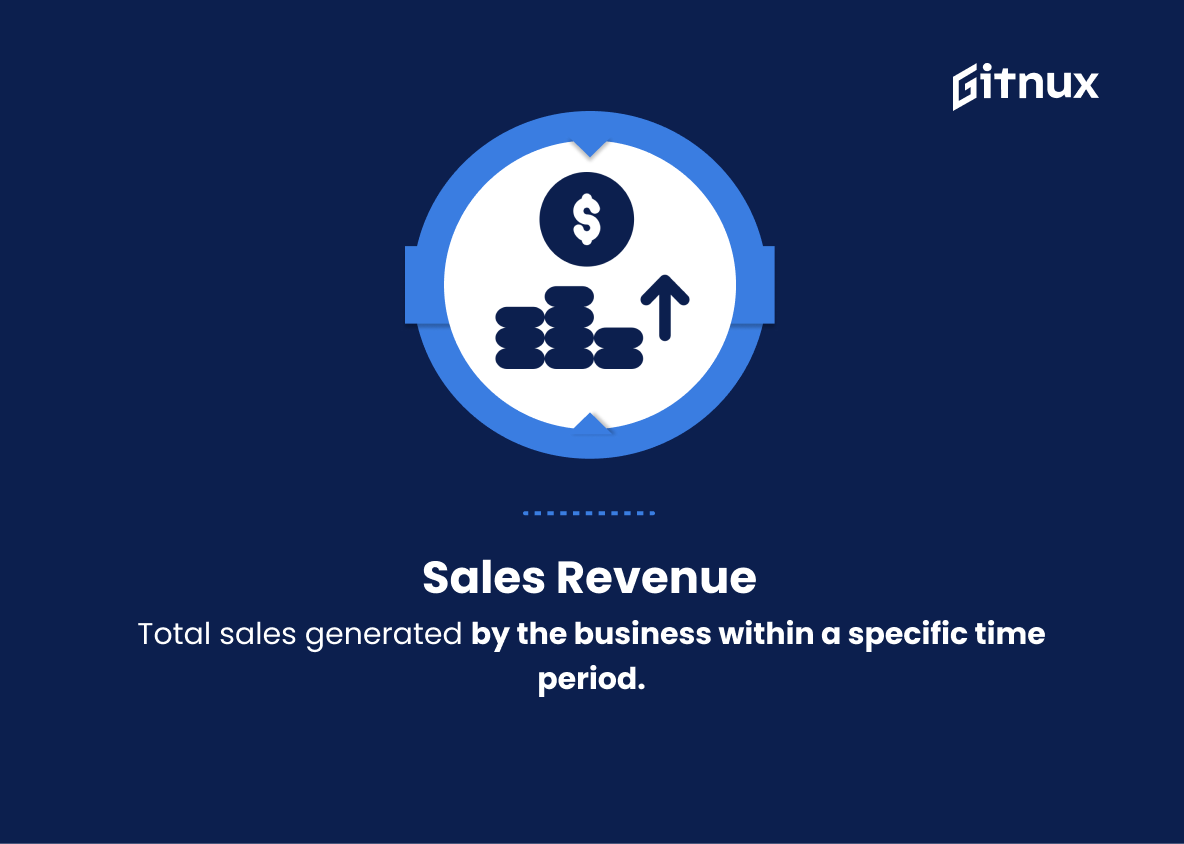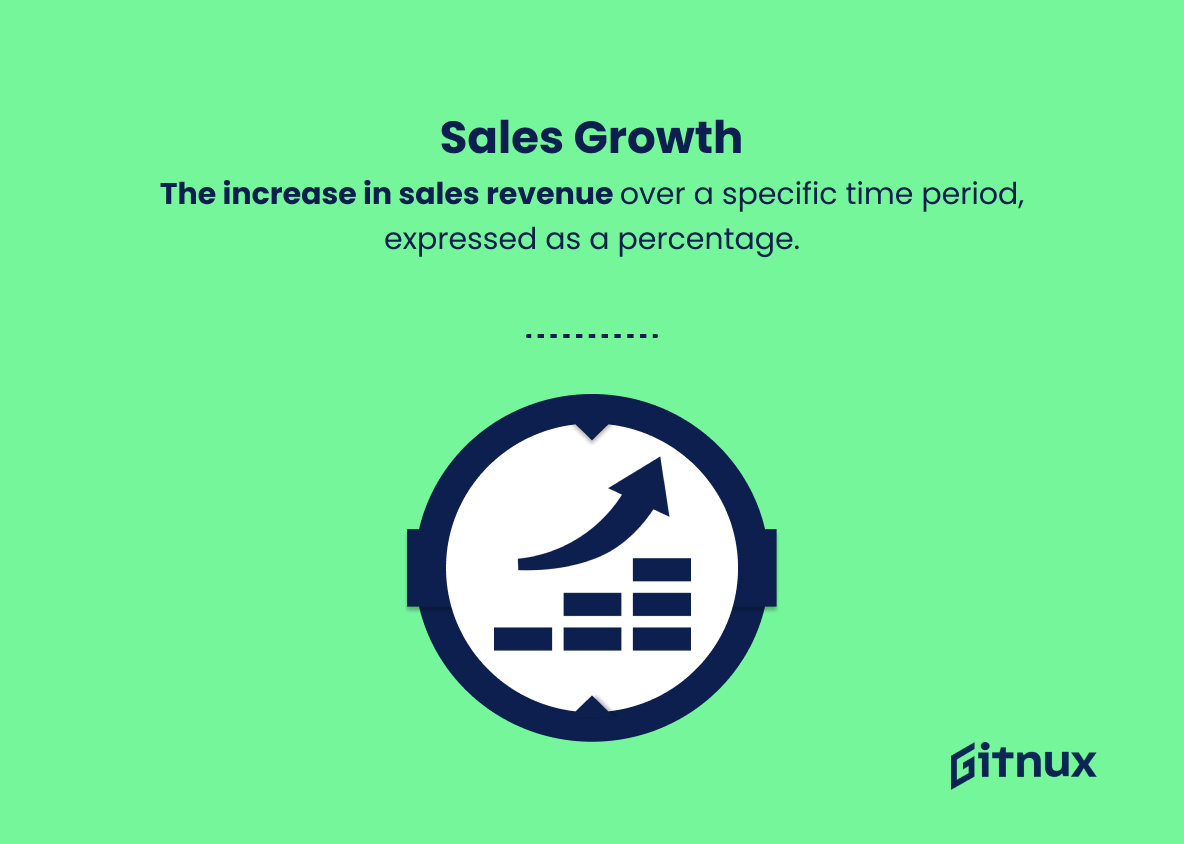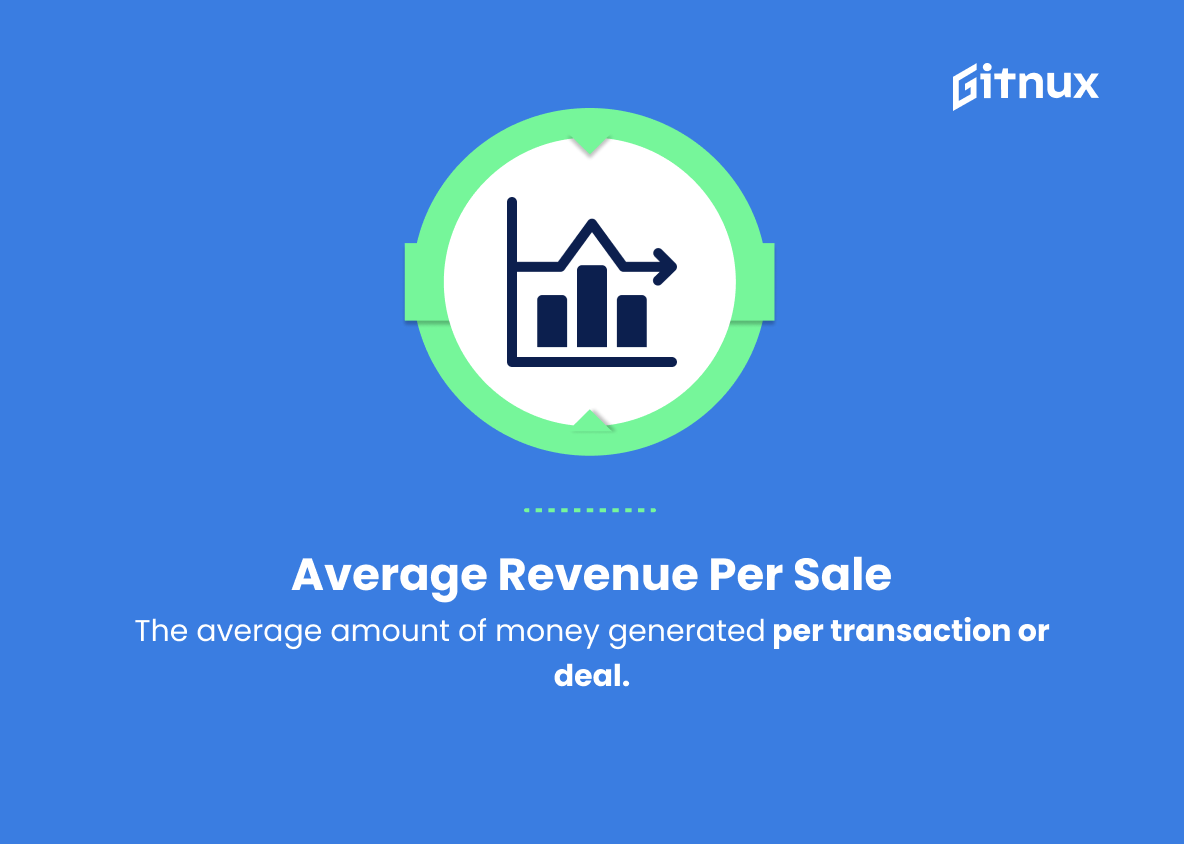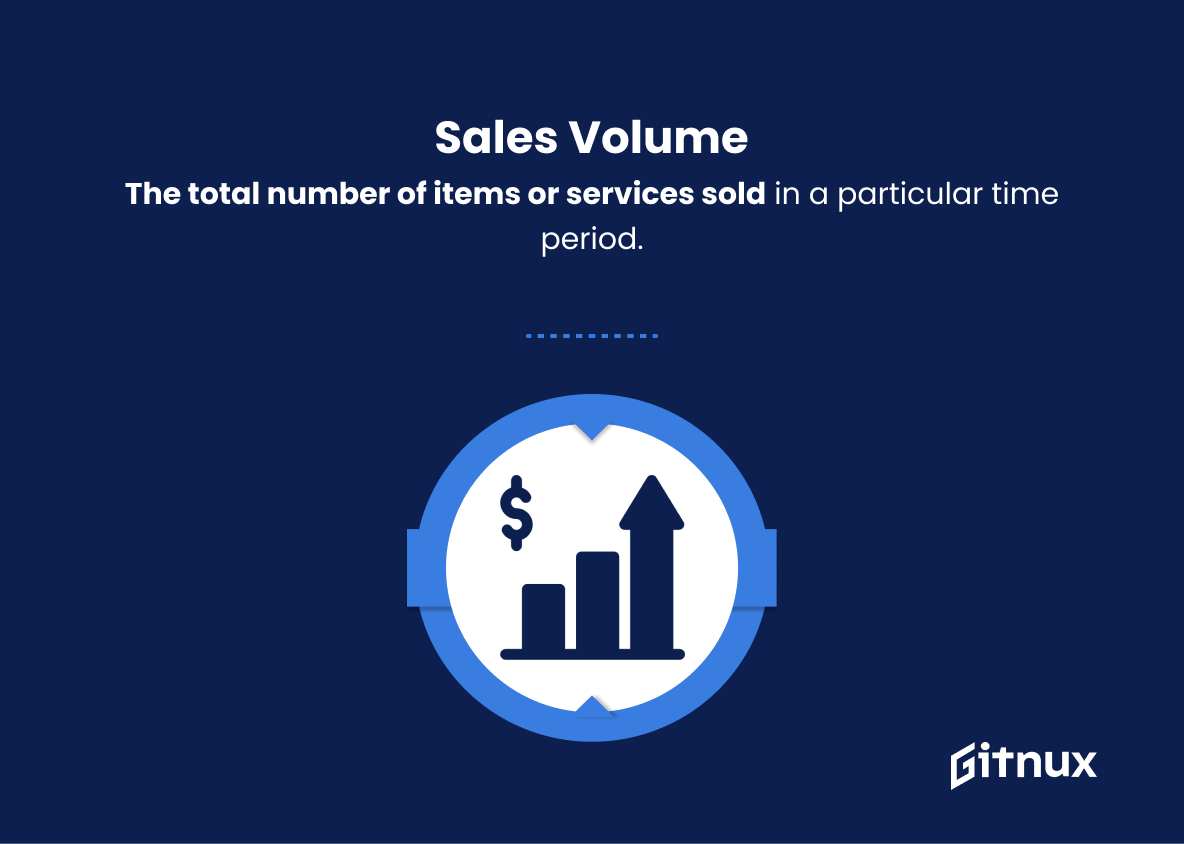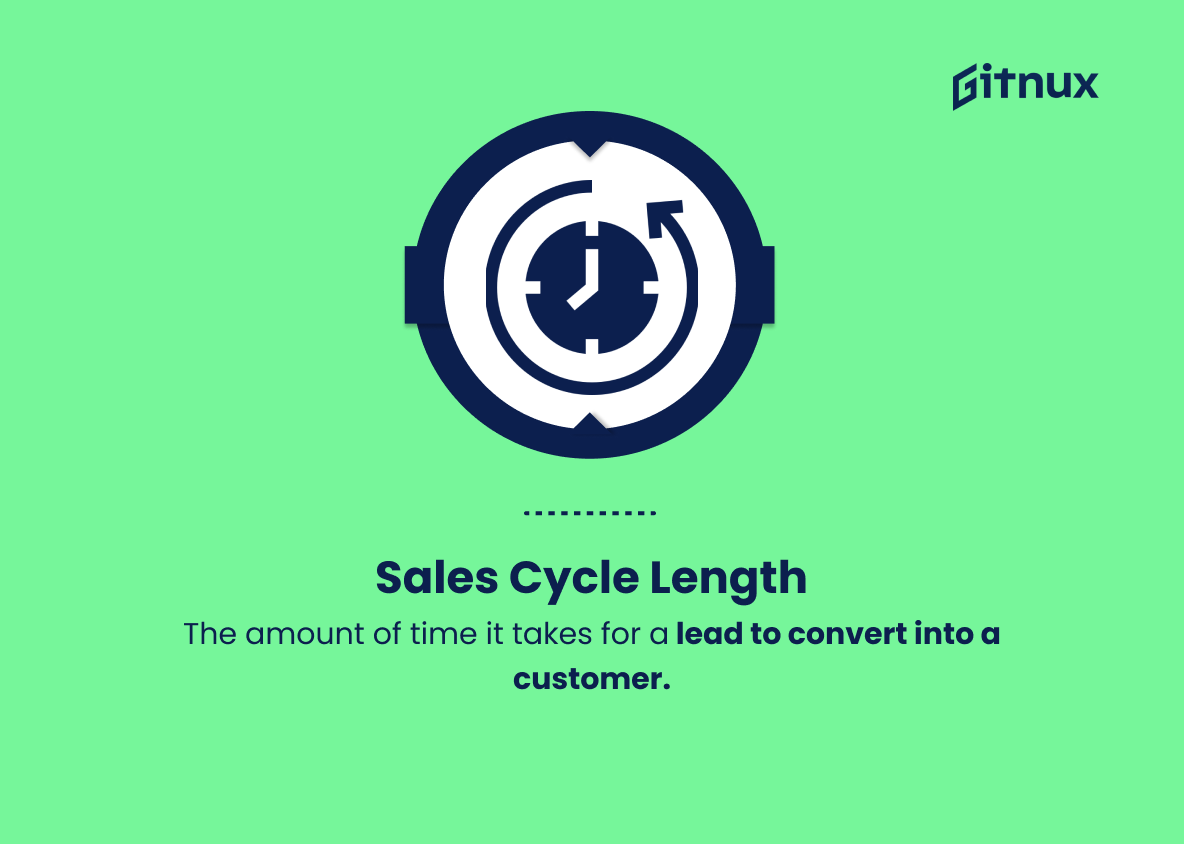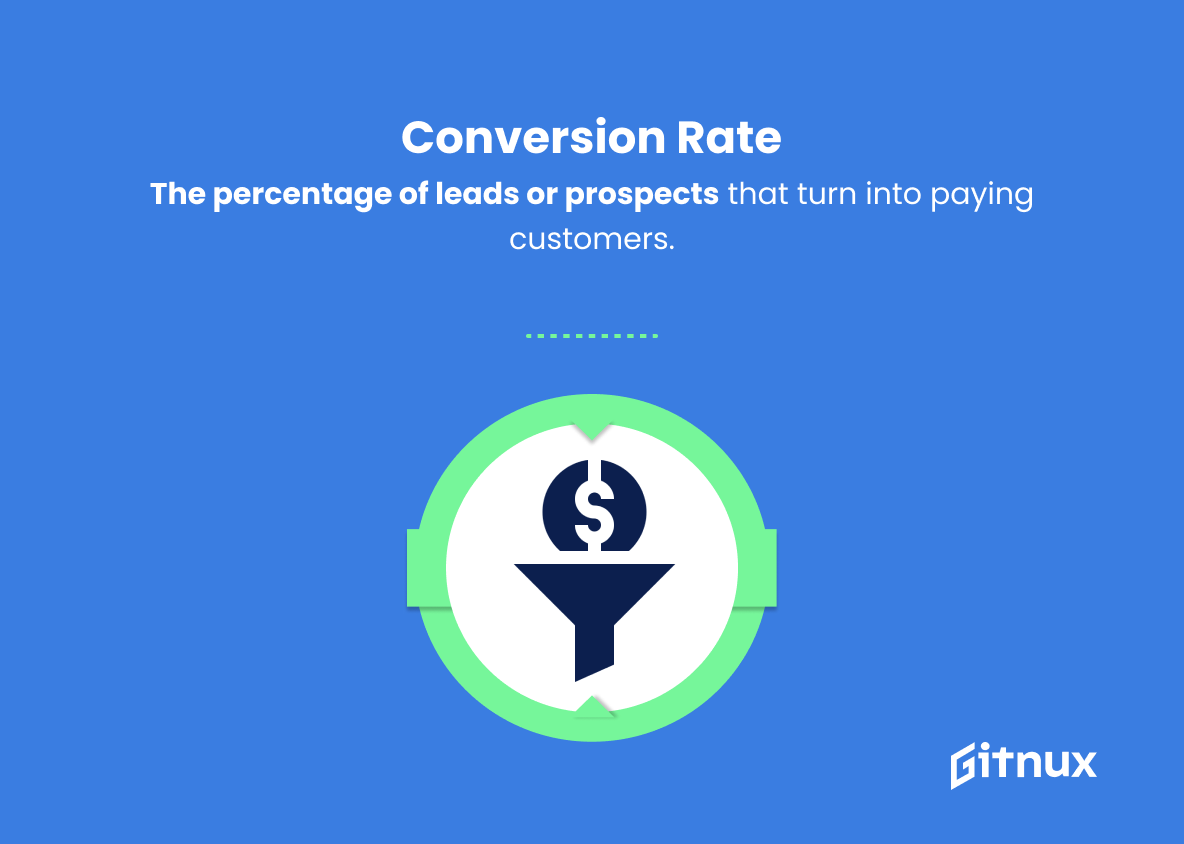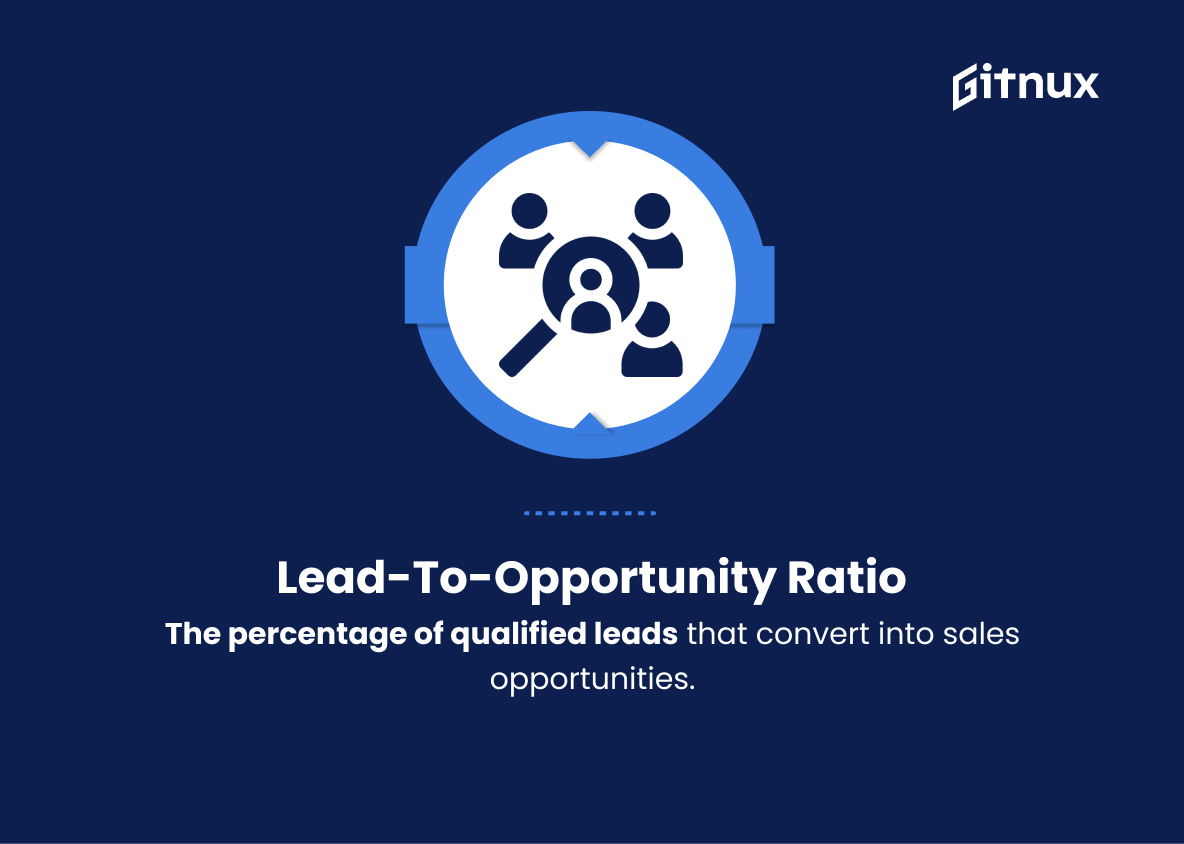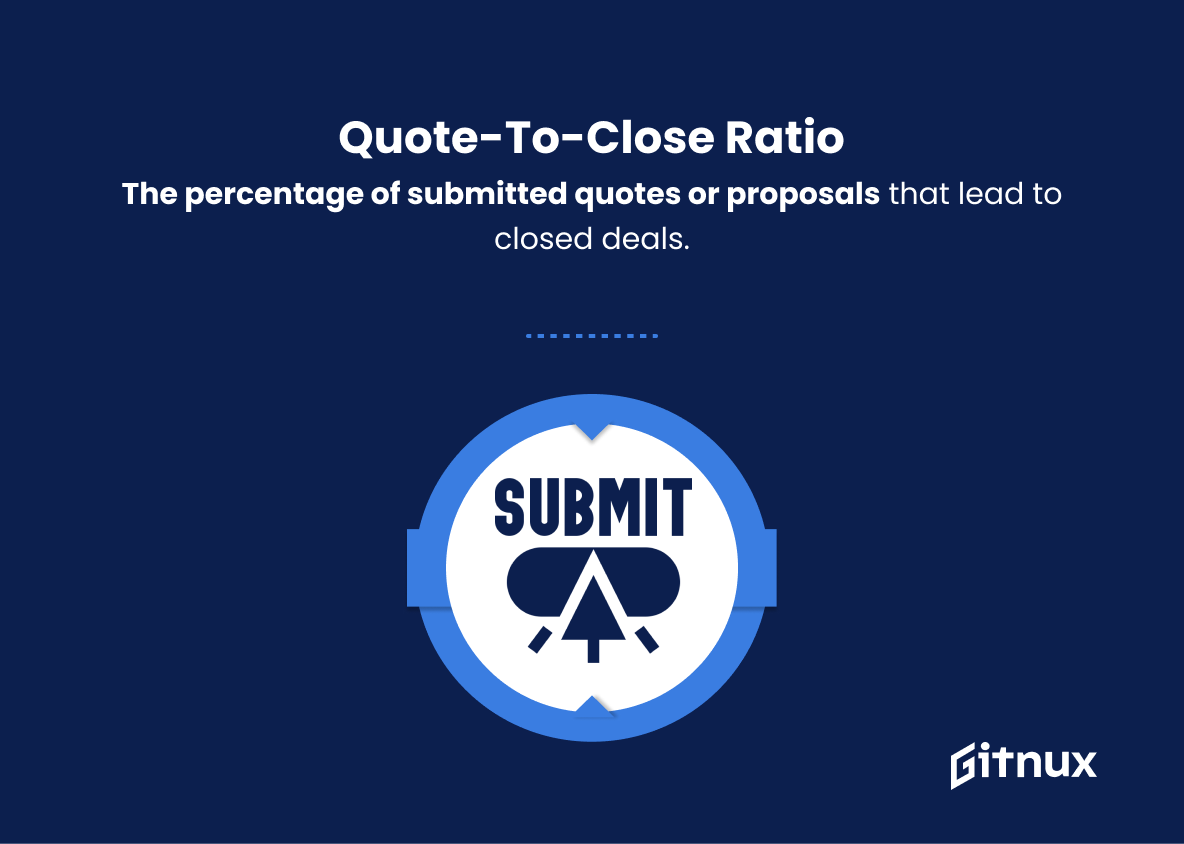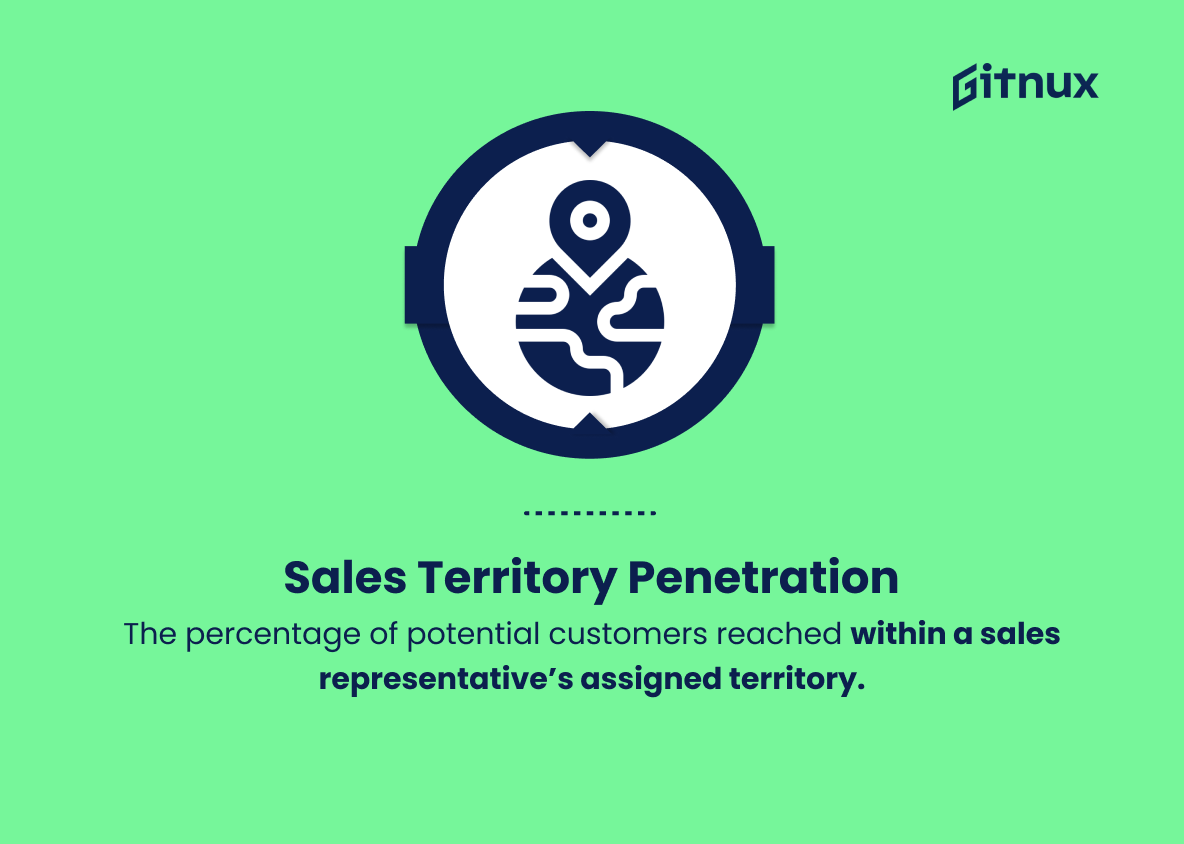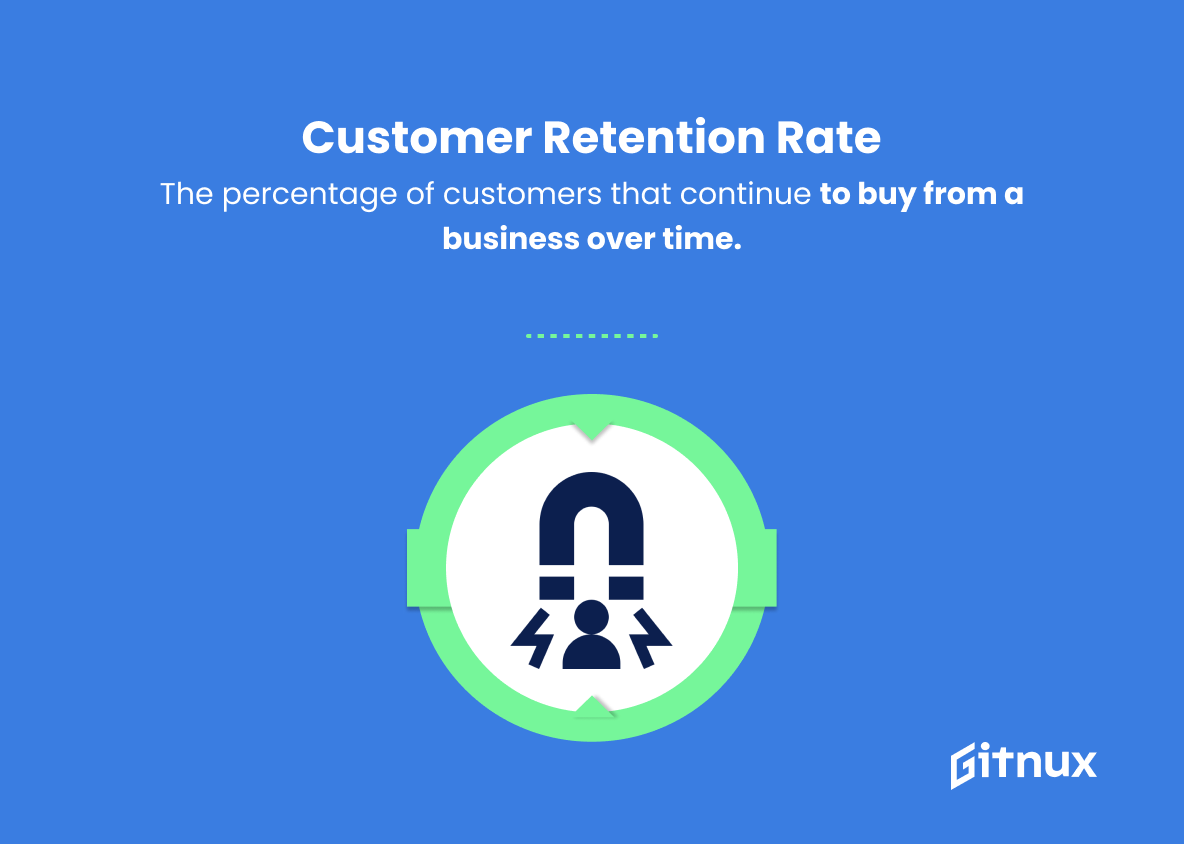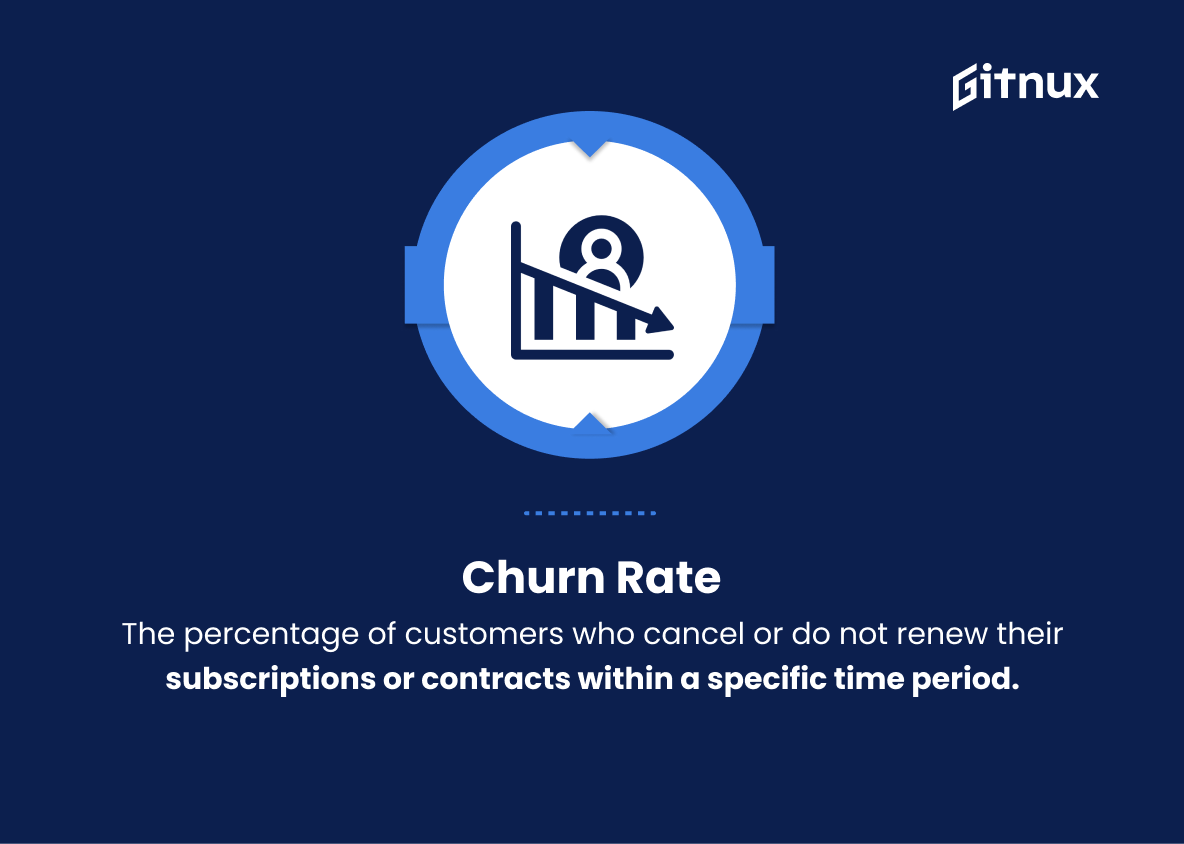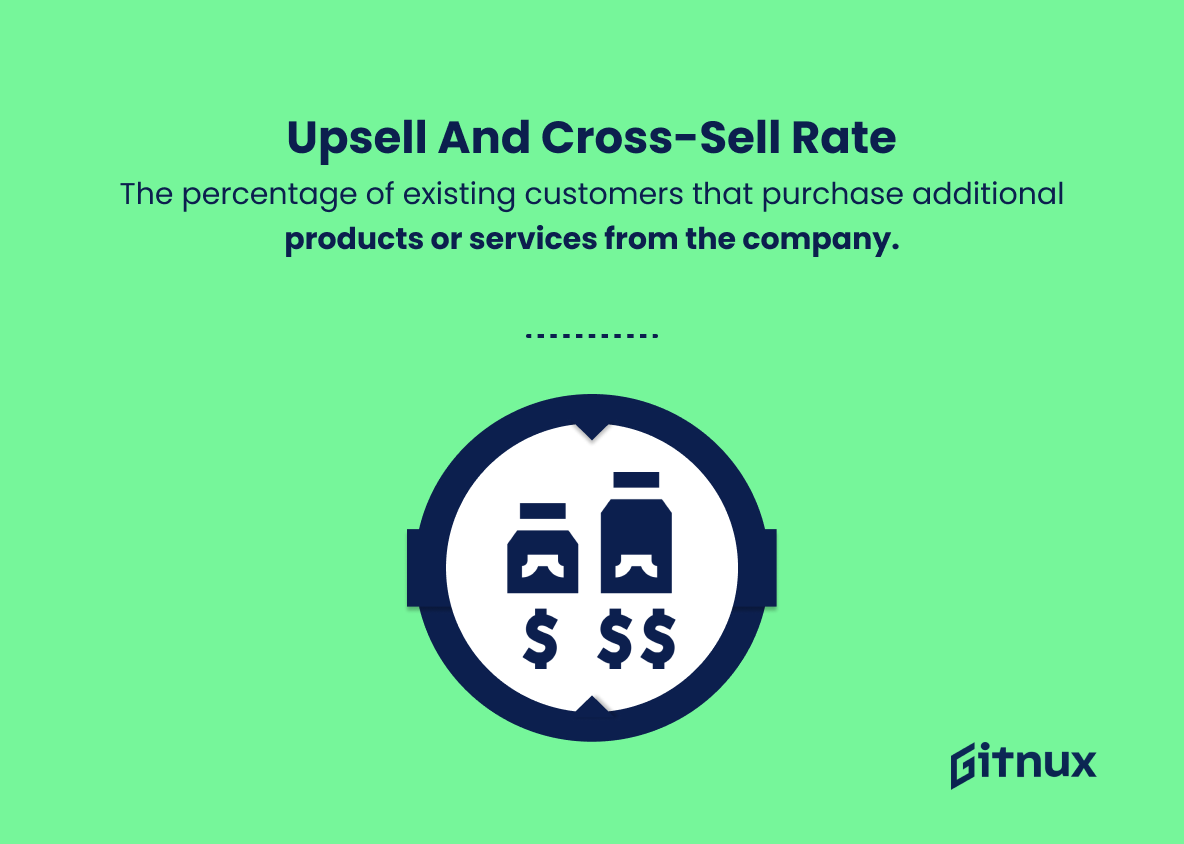In the world of sales, success is often measured by an organization’s ability to meet targets, exceed expectations, and continually achieve growth. However, beneath these milestones lies a complex web of operations and strategies that require meticulous management and monitoring to ensure optimal performance. One of the critical components in overseeing these diverse functions is tracking and analyzing Sales Operations Key Performance Indicators (KPIs). By evaluating these KPIs, businesses can gain valuable insights into their sales processes, identify areas of development, and make data-driven decisions to enhance overall productivity and profitability.
In this comprehensive blog post, we will delve deep into the realm of Sales Ops KPIs, shedding light on their significance and relevance in the rapidly changing sales landscape. With a clear understanding of these KPIs, sales leaders and professionals can devise effective strategies to fine-tune their operations and stay ahead of the competition in all areas of their sales performance. So, let’s embark on this journey to explore the world of Sales Ops KPIs and unlock the potential for extraordinary results.
Sales Ops KPIs You Should Know
1. Sales Revenue
Total sales generated by the business within a specific time period.
2. Sales Growth
The increase in sales revenue over a specific time period, expressed as a percentage.
One of the critical components in overseeing these diverse functions is tracking and analyzing Sales Operations Key Performance Indicators (KPIs).3. Average Revenue per Sale
The average amount of money generated per transaction or deal.
4. Sales Volume
The total number of items or services sold in a particular time period.
5. Sales Cycle Length
The amount of time it takes for a lead to convert into a customer.
6. Conversion Rate
The percentage of leads or prospects that turn into paying customers.
7. Lead-to-Opportunity Ratio
The percentage of qualified leads that convert into sales opportunities.
8. Opportunity-to-Win Ratio
The percentage of sales opportunities that result in closed deals.
9. Average Deal Size
The average value of a closed deal.
10. Quote-to-Close Ratio
The percentage of submitted quotes or proposals that lead to closed deals.
11. Sales Territory Penetration
The percentage of potential customers reached within a sales representative’s assigned territory.
Sales Ops KPIs are crucial in measuring the effectiveness of a business’s sales strategies and guiding data-driven decision-making to improve performance.12. Customer Retention Rate
The percentage of customers that continue to buy from a business over time.
13. Churn Rate
The percentage of customers who cancel or do not renew their subscriptions or contracts within a specific time period.
14. Upsell and Cross-Sell Rate
The percentage of existing customers that purchase additional products or services from the company.
15. Sales Quota Attainment
The degree to which individual sales team members or the entire team achieve their sales targets.
16. Sales Rep Productivity
A metric that evaluates a salesperson’s efficiency by measuring the number of sales calls, meetings, or emails made in a specific time period.
17. Time-to-Productivity
The time it takes for a new sales representative to reach a predefined level of effectiveness or productivity.
18. Cost of Sales
The total expenses involved in selling products or services, including sales personnel salaries, commissions, and overhead costs.
19. Return on Sales Investment
A measure of the profit generated from each dollar spent on sales efforts.
20. Customer Acquisition Cost
The average amount of money a company spends to acquire a new customer.
These are just a few examples of Sales Ops KPIs, and they can vary depending on the organization’s specific goals and objectives. Monitoring and analyzing these KPIs can help businesses measure the effectiveness of their sales strategies and make data-driven decisions to improve performance.
Sales Ops KPIs Explained
Sales Ops KPIs are crucial in measuring the effectiveness of a business’s sales strategies and guiding data-driven decision-making to improve performance. Monitoring metrics such as sales revenue, sales growth, and average revenue per sale allows organizations to track their financial progress, while assessing sales volume and sales cycle length helps them understand their efficiency in converting leads to customers. Conversion rate, lead-to-opportunity ratio, and opportunity-to-win ratio provide insights into the sales funnel, informing adjustments needed to improve results.
KPIs like average deal size, quote-to-close ratio, and territory penetration offer a glimpse into the quality of closed deals and the company’s reach within its target market. Maintaining customer satisfaction is crucial, with customer retention rate, churn rate, and upsell/cross-sell rates tracking loyalty and potential growth opportunities within the existing customer base. Assessing the performance and productivity of the sales team is also essential through metrics such as sales quota attainment, sales rep productivity, and time-to-productivity.
Finally, understanding the financial aspects of the sales process through the cost of sales, return on sales investment, and customer acquisition cost allows for a comprehensive evaluation of the sales operation’s overall efficacy and profitability.
Conclusion
In summary, tracking and analyzing Sales Ops KPIs is essential for ensuring the efficiency and effectiveness of your sales operations team. By being strategic about which KPIs to focus on, you can hone in on the areas that need the most improvement, leading to growth and increased revenue. Continuously monitoring and adapting these KPIs is an ongoing process, as the needs of your business and the challenges faced by your sales team may evolve over time. Invest in comprehensive tools and technologies that will enable you to manage these KPIs effectively and provide support to your sales organization, ultimately securing the long-term success of your company.
